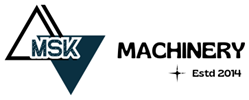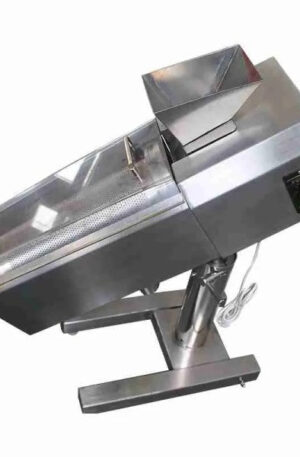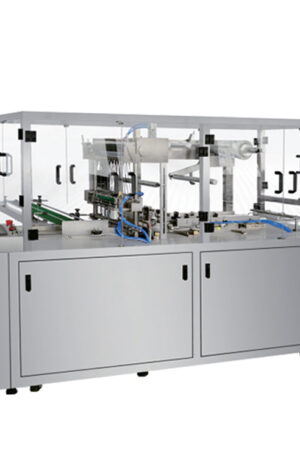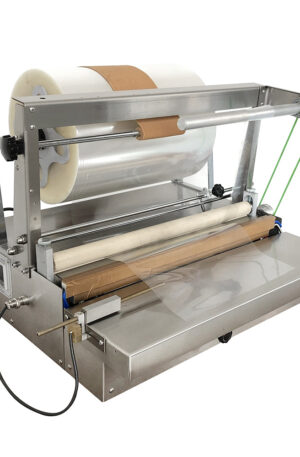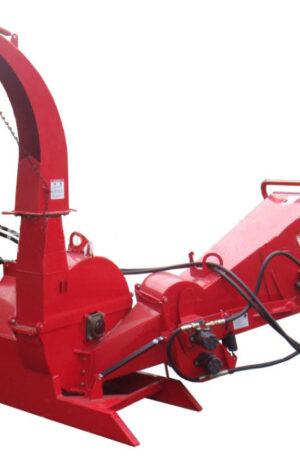Title: “The Evolution of Pharmaceutical Machinery: From Traditional to Hi-Tech Solutions”
Pharmaceutical machinery has come a long way in meeting the ever-evolving demands of the industry. From traditional methods to cutting-edge technology, the transformation has been remarkable. Two key players in this evolution are the table press machine and the capsule filling machine.
Table press machines, commonly known as tablet presses, have been a staple in pharmaceutical production for decades. They are used to compress powdered ingredients into tablets of uniform size and shape. The introduction of modern technologies has led to the development of advanced table press machines that are more efficient, precise, and capable of handling higher volumes. One example is the TDP series, including models like TDP-1.5, TDP-5, and TDP-6, that offer varying capacities to meet the needs of different pharmaceutical manufacturers.
On the other hand, capsule filling machines have revolutionized the process of encapsulating medication. These machines allow for the automated filling of empty capsules with powdered or granulated ingredients, streamlining the production process. The THDP series, which stands for “Ten Hole Double Press,” is a popular choice among pharmaceutical companies due to its high-speed capabilities and accuracy in filling capsules consistently.
The transition from traditional machinery to high-tech solutions has significantly enhanced pharmaceutical production efficiency and quality. Modern table press machines and capsule filling machines are equipped with advanced features such as digital controls, automatic adjustment mechanisms, and real-time monitoring systems. These innovations not only improve productivity but also ensure the overall safety and compliance of the manufactured pharmaceutical products.
Furthermore, the integration of smart technologies like Internet of Things (IoT) and Artificial Intelligence (AI) has further optimized the performance of pharmaceutical machinery. IoT-enabled machines can collect and analyze data in real-time, allowing for predictive maintenance and remote monitoring. AI algorithms help in process optimization, quality control, and fault detection, making the manufacturing process more efficient and reliable.
In conclusion, the journey of pharmaceutical machinery from traditional to hi-tech solutions has witnessed tremendous advancements in improving production capabilities and product quality. The table press machines and capsule filling machines, such as the TDP and THDP series, stand as prime examples of this evolution. With ongoing technological innovations, the pharmaceutical industry is poised to achieve even greater heights in manufacturing efficiency and drug delivery systems.
